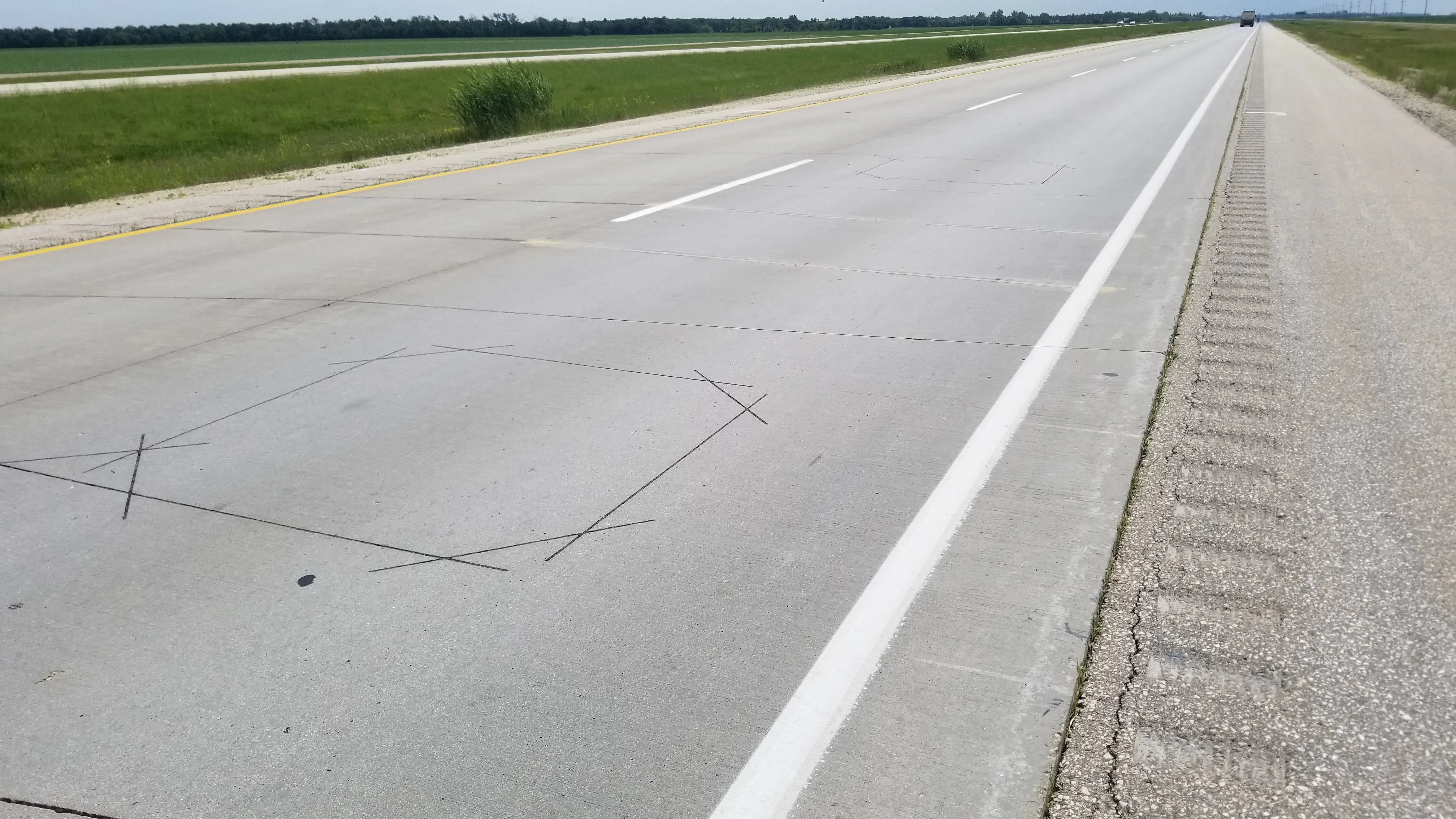
Dynniq and Monotch have signed a deal which they say will make ITS data exchange easier, thus enabling the roll-out of cooperative ITS (C-ITS) services.
Dynniq's ITS technology will be linked with Monotch's data exchange platform TLEX I2V, which offers "real-time data flow with different objects from different suppliers of different road authorities, made available for solutions from different service providers", the firm says.
The companies believe collaboration is essential in pushing C-ITS, and are banking on connecting road users with roadside systems more effectively using real-time data exchange, thereby enabling authorities to better prioritise traffic and warn of incidents and speed limit changes.
“Thanks to the interface with TLEX I2V from Monotch, we can make our traffic control equipment even smarter," says Peter Broekroelofs, CDO Dynniq Group.
"In addition, the interface can be used to improve service provision to special road users such as emergency services and trucks. This gives us the opportunity to optimally serve our customers."
Menno Malta, CEO of Monotch, adds: “This cooperation clearly shows that ecosystem solutions are the basis for improving the mobility system."
The companies have worked together before in the Talking Traffic partnership and European projects such as C-Mobile, Maven and Glosa.
Increasing the use of C-ITS services offers revenue opportunities such as upgrading roadside systems and C-ITS applications, data analysis and so on, the firms add.









